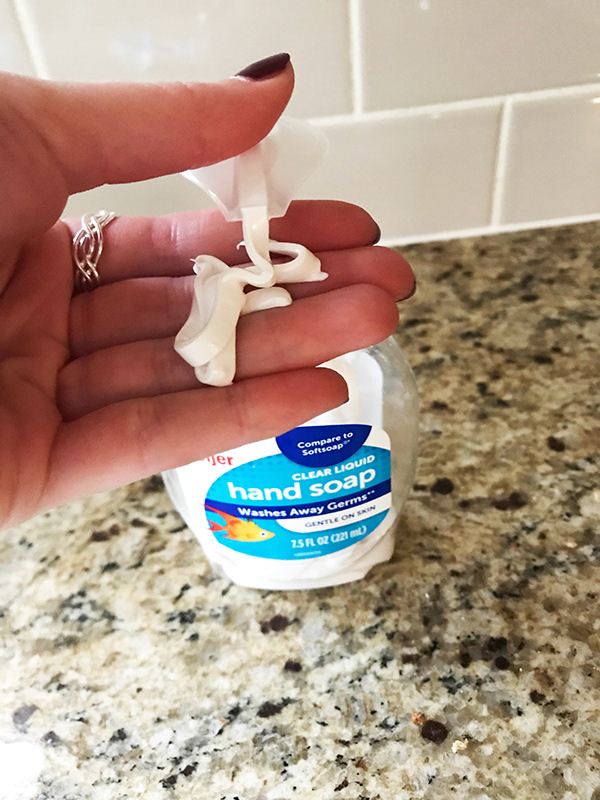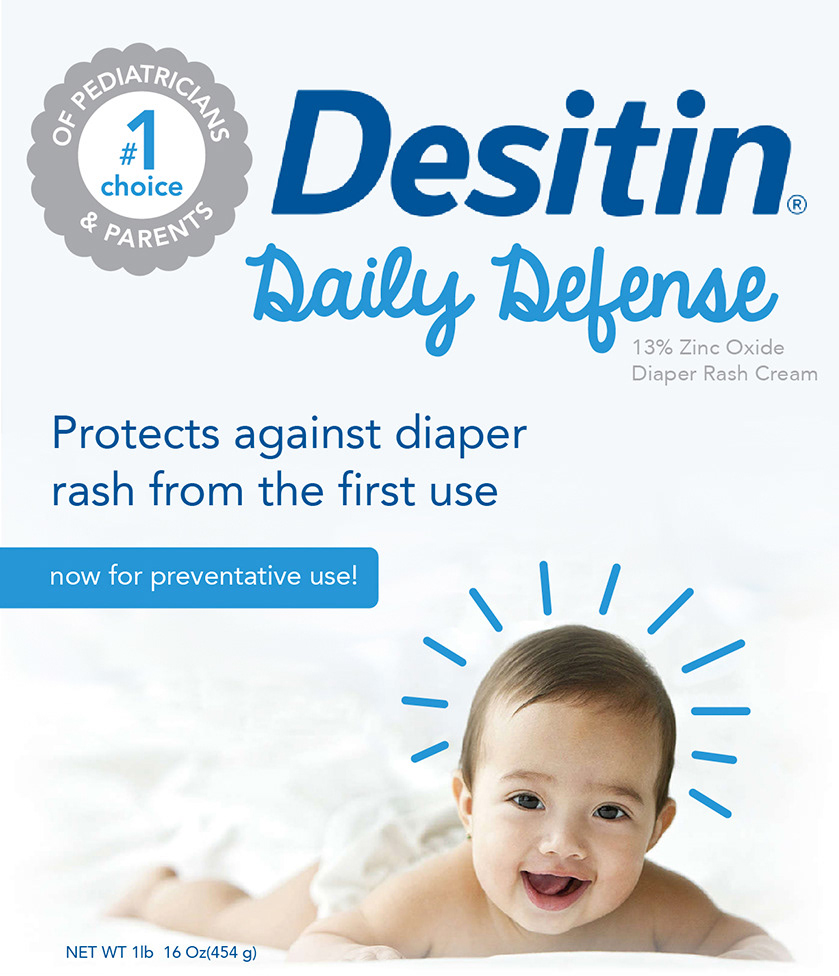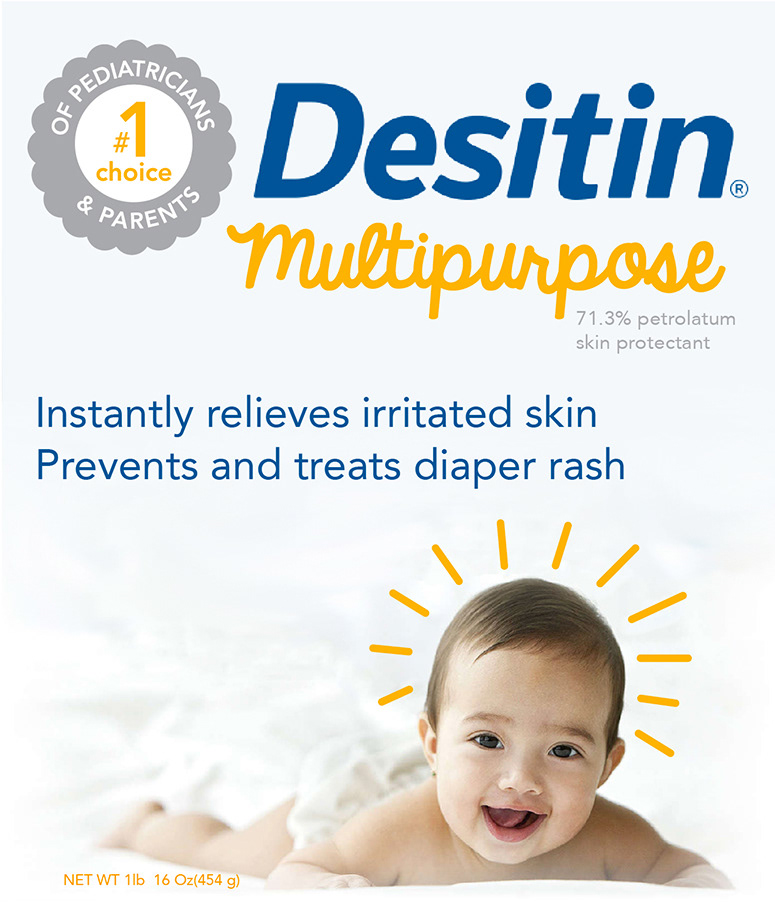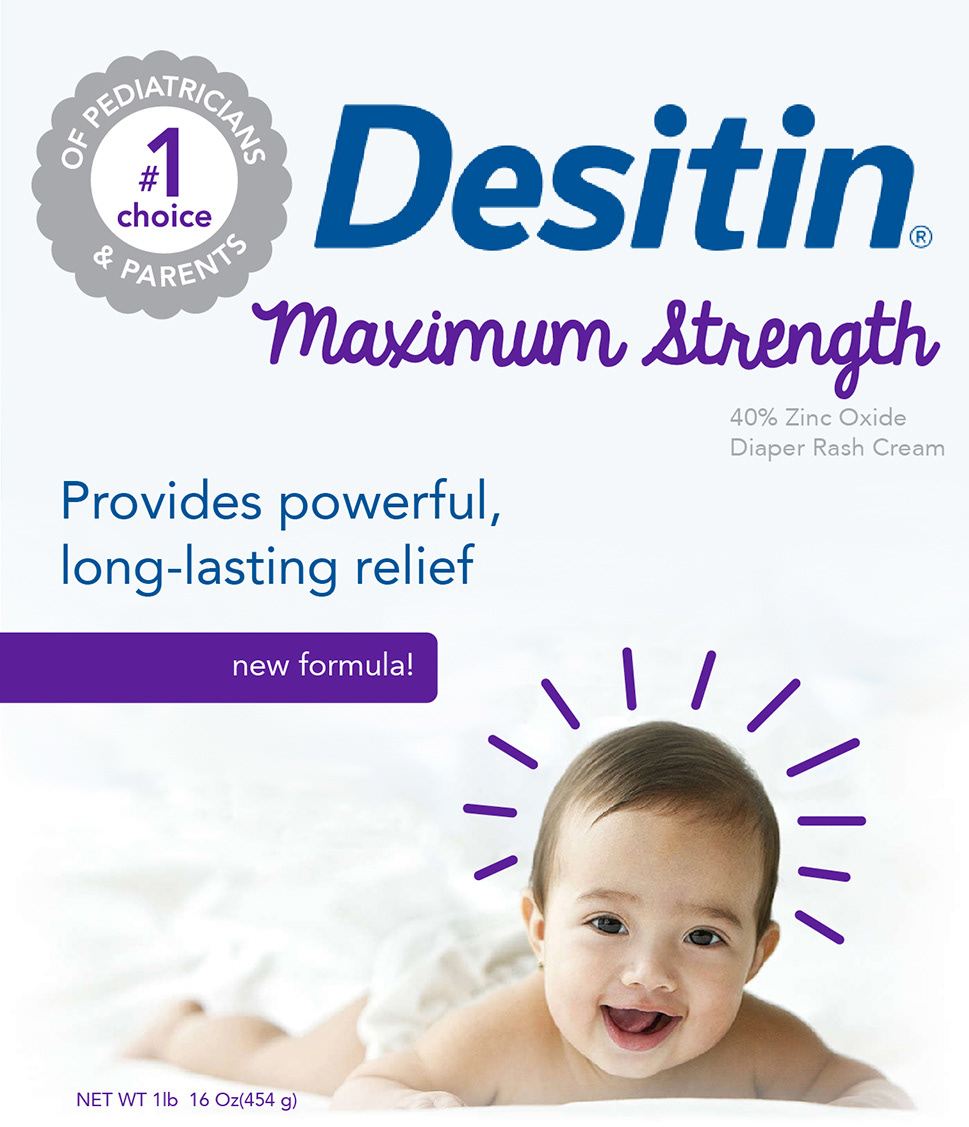A daily parenting task made simple.
Project Includes:
Problem:
Designing a simpler way for parents and caretakers to use diaper cream on their babies.
Project Limitations:
• Six week timeline
• Three person team
Solution:
A new pump and mounting system for Desitin diaper rash cream.
The project began by understanding the Desitin product and their competitors. They’re considered “the brand that mothers use against diaper rash” and have three different rash creams: Multi-Purpose, Daily Defense, and Maximum Strength.
While there are several differences in packaging across competitors, all diaper rash products are similar in their goals and functionality of packaging; they either came in a tub or a squeeze tube.
We established two key user groups:
• Parents
• Caretakers
The team interviewed some new and experienced parents and daycare workers to see what their experiences and struggles were with diaper rash cream and how it was packaged.
From these insights and interviews, we found a few key goals that our new packaging had to accomplish:
Best Practices
When looking at best practices to base our new solution on, I looked to other baby products, like lotions and shampoos, to see how these products were packaged; most were put in pump bottles, unlike diaper rash cream.
Testing and Prototyping



With this new idea, we feared the cream would be too thick to pump through a bottle. We tested a pump through a medium-sized hole and found the pump was easy to use.
We also thought about mounting the bottle on the wall for convenience during diaper changes, so a heavy lotion bottle was tested with Command. Though it was much heavier than what the future bottle was going to be, it successfully held, even while applying pressure.
In order to best adhere to the wall, the back of the bottle would need to be flat. We wanted the bottle to attach to the wall, yet still be removable for traveling purposes, so we created a concept for a cup-holder-like solution the bottle could easily slip into; the cup attaches to the wall with an adhesive strip. Based on the 3D model, I created this first mockup using Adobe Dimension. This helped the entire group to visualize how the bottle would go onto the wall and what materials could be used to create this bottle.
With the bottle shape in mind, I created a survey that was sent to parents we previously interviewed.
Almost 78% of respondents believed a pump solution would make diaper changes easier. Most of the respondents considered the idea of attaching the pump to the wall. In a later question, the reasoning for choosing not to attach the pump to the wall was because many parents change their babies in different areas of the house or want to easily take the cream in a diaper bag. I believe there would have more results for “yes” and “maybe” if I had been more specific in the question, such as explaining that the pump would be removable.
Based on this feedback, my group and I tried to find a better way the bottle could attach to the wall without having to manufacture and package a holder separately. The separate cup holder meant more plastic being manufactured with each bottle, or it meant parents had to purchase the cup and bottle individually, which made buying diaper cream a bigger hassle than before.
I studied a Command Strip hook and its ability to slide into separate piece on the wall, which would make the production smaller and cheaper to produce.
Label Design
After having a solid bottle shape to work with, my partner and I began creating new labels for the bottle.
When interviewing parents about what they looked for in a product label, they wanted it to look natural, and “like water that does something.”
Based on their insights, I created this new label design. The new labels reflect the three different products, and the typefaces and imagery are based off of Desitin’s website.



My partner also designed a set of labels that best reflected what parents wanted to see and best reflected Desitin’s branding. With the two different labels, we conducted A/B testing to determine which options parents saw as more suitable for them and their baby.
I combined the feedback on each label from the survey and created a more simplified label. Since most diaper rash cream brands do not have a baby on the label, this inclusion makes Desitin stand out more on the shelf.
The products are still differentiated by their colors, but the brand is now unified. Because the wall attachment piece will be packaged with the bottles, short but comprehensive instructions were essential for the user.
3D Prototype
We printed a working 3D model of the pump bottle and attached the label, which helped us to conduct more testing. We found that the diaper rash cream fit into the container, was able to pump smoothly out of the bottle, and easily stayed on the wall, even when using significant force. My partner pumped the bottle 100 times in a row, and the bottle still stuck to the wall. The bottle also is easily removable from the track on the wall.
Final Prototype
Here is a before and after of the product.
The one-handed pump operation increases levels of sanitation. The wall mount helps keep the changing table clearer, while still being removable for on-the-go use, and we included a twist-locking pump system to keep the product from spilling when traveling in a diaper bag.
Because of these many features, this pump dispensed Desitin makes diaper changes easier, cleaner, and faster for both parent and child.
